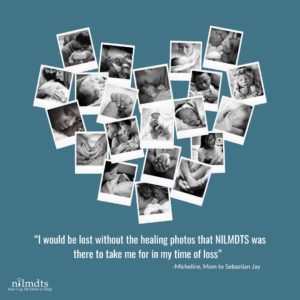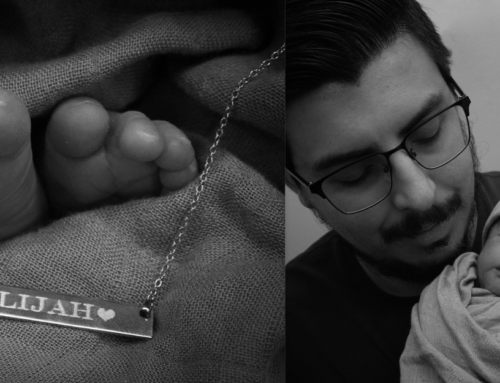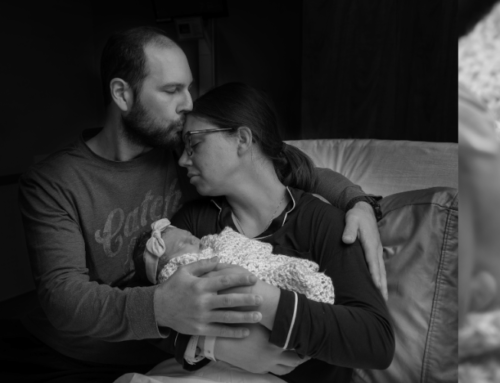Many families grieving the loss of their babies feel isolated by the experience. Now I Lay Me Down to Sleep (NILMDTS) offers a variety of services for families that have experienced the loss of a baby, including remembrance portraits, care packages, and a Remembrance Walk. In a new article published in the National Communication Association’s Communication Monographs, Erin K. Willer, Emily Krebs, Nivea Castaneda, Kate Drazner Hoyt, Veronica A. Droser, Jessica A. Johnson, and Jeni Hunniecutt explore how NILMDTS counters the master narrative around baby loss by creating an opportunity for families to remember their babies and connect with others who have experienced a similar loss.
The authors argue that the “master narrative” around baby loss has largely been to treat it as a “non-event.” For much of the 20th century, parents and families felt pressure to move on quickly after losses such as a miscarriage, stillbirth, or infant death. Even today, many grieving parents report that they receive little support from others. According to the authors, family rituals, such as the NILMDTS Remembrance Walk, can “counter the master narrative of perinatal death for families.” They identified two key counternarratives that help dispel the master narrative: the communal loss narrative (CLN) and the individual loss narrative (ILN).
Communal Loss Narrative (CLN)
The CLN emphasized the shared experience of the Walk participants. The CLN used “inclusive rhetoric,” language that emphasized the community of parents who had lost children. Speakers at the Walks emphasized “inclusive pronouns,” such as “we” and “our,” as in, “All of us here today share one of the greatest love stories in the world, and that is the love we have for our babies.” The CLN was also supported by honoring babies by name. During the Walks, balloons with babies’ names were released by participating families, and babies’ names were read aloud. The emphasis on a community of support also contributed to the CLN. Some families received support from NILMDTS in the form of care packages or photography, and others offered support to families through their involvement in the Walks.
Individual Loss Narrative (ILN)
The ILN narrative highlighted the identities of the babies and their families. Although some attendees wore NILMDTS shirts, some attendees created unique shirts for their families that often emphasized their relationship to the baby, such as “Big Sister” or “Grandpa.” In this way, the relationship of individual family members to the babies was highlighted. Babies’ identities were also constructed by participants through the use of photographs and other artifacts. For example, some families posed with photos of their babies, which they also shared on social media.
Two Narratives Working Together
While the CLN and ILN might appear to counter each other, they both worked together to dispel the master narrative that renders babies’ deaths invisible. The authors visualize the relationship of the narratives as “two strands of rope [intertwining]… to create an inseparable counternarrative.”
This summary was adapted with permission from a National Communication Association Communication Currents piece by Mary Grace Hébert based on the scholarly journal article: Erin K. Willer, Emily Krebs, Nivea Castaneda, Kate Drazner Hoyt, Veronica A. Droser, Jessica A. Johnson & Jeni Hunniecutt (2019) Our babies[’] count[er story]: A narrative ethnography of a baby loss remembrance walk ritual, Communication Monographs, doi: 10.1080/03637751.2019.1666289
For a copy of the full journal article, please email Erin Willer at erin.willer@du.edu.






